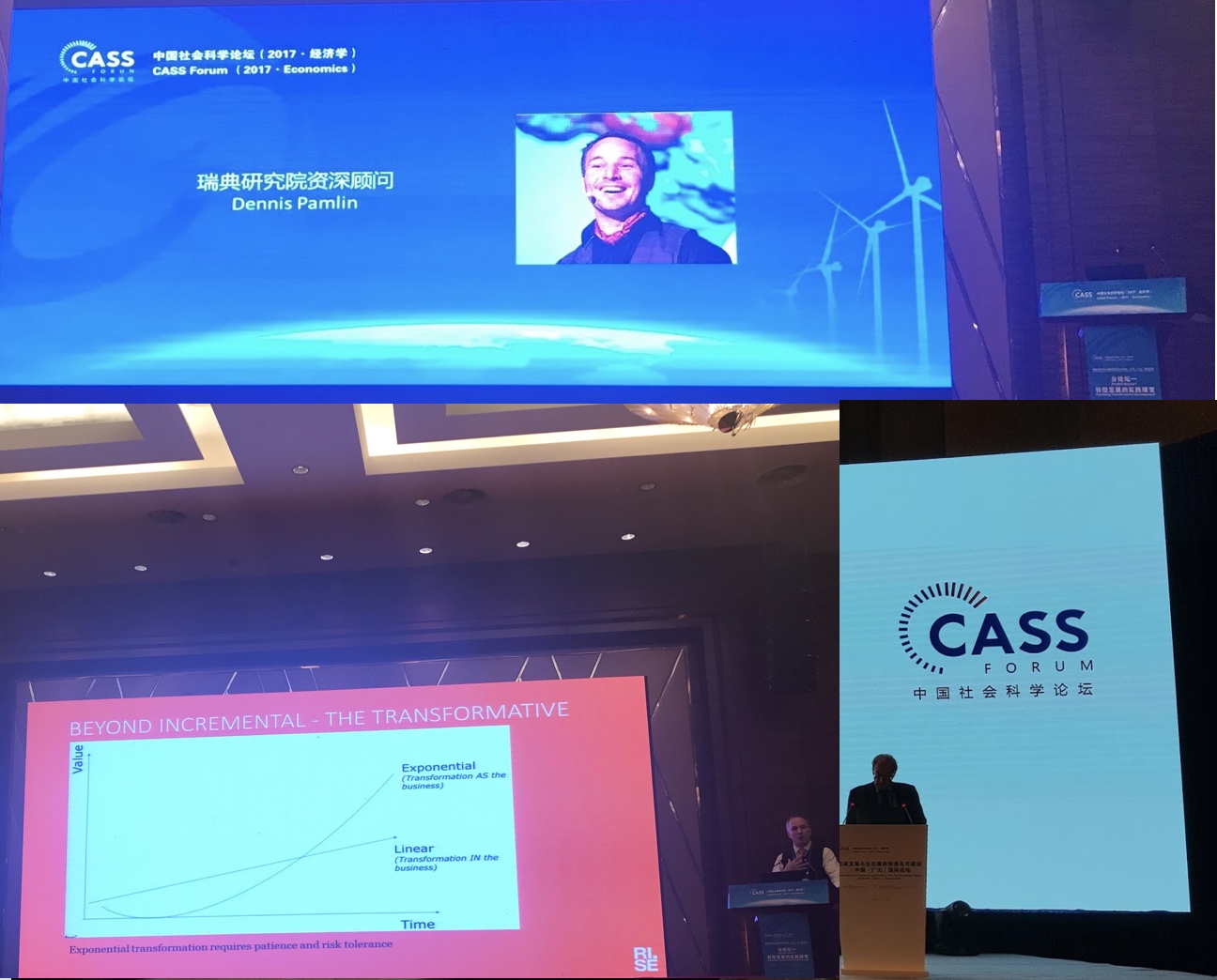Participated in a seminar the Mondag Morgon arranged in Holmenkollen, Oslo. One of the increasing number of conferences/seminars/workshops with a focus on the opportunities that a low carbon economy provides. A pretty traditional setting, but maybe some action could come out from meetings like this. Soon I need to get my criteria for participating in events like these in place (see earlier blog about pledges, web-link possibilities and measurable outcomes as possible criteria). Too many events with too much talk and too little action.
After the seminar I participated at a meeting with Ministry of Government Administration and Reform. This was an interesting meeting and we discussed the challenges to deliver concrete results when results require collaboration outside traditional “boxes”. Two areas where discussed. 1. The challenge to ensure that governments have a responsible person for Low Carbon innovation/IT-solutions. 2. The need for targets that make it possible to follow-up progress
It would be great if Norway could take the lead and be the first country in the world, as far as I know, that would do two things (maybe with the support of WWF): First, review the legislation from a low carbon development perspective and identify possible changes that could support sustainable innovation. Second, explore possibilities to use public procurement to support low carbon IT solutions.































